The Future of Image Generation with AI
Artificial Intelligence (AI) has been transforming industries, and image generation is no exception. With advancements in deep learning algorithms and neural networks, the future of image generation looks promising. In this post, we will explore how Artificial Intelligence is revolutionizing the field of image generation, its implications for various sectors, and the potential challenges it may bring.
1. Enhancing Creativity:
One of the most exciting aspects of AI image generation is its ability to enhance creativity. By analyzing large datasets of images and learning patterns, AI algorithms can generate new and unique visuals that were previously unimaginable. This opens possibilities for photographers, graphic designers, and artists seeking novel inspiration.
2. Streamlining Design Processes:
AI-generated images have the potential to streamline design processes by automating repetitive tasks. Designers can leverage AI tools to quickly create high-quality mock-ups or prototypes, saving time and effort. This frees up creatives to focus on higher-level tasks such as concept development and strategic decision-making.
3. Tailoring Visual Content for Different Platforms:
With the consistent rise of social media and online content consumption, there is a growing need for visual content tailored to specific platforms. AI image generation can optimize images automatically by adjusting resolution, aspect ratio, color palette, or adding relevant text overlays. This ensures images are optimized for different devices and platforms while maintaining brand consistency.
4. Personalized User Experiences:
In the e-commerce and advertising industries, personalization is key to engaging customers effectively. AI-generated images enable personalized product recommendations or targeted advertisements that resonate with individual preferences and interests. Analyzing user data and behavior patterns allows AI systems to generate visuals that appeal to each user segment.
5. Bridging Language Barriers:
Language barriers often pose challenges in communication across borders or among multilingual communities. However, through AI-powered image generation, visuals can transcend language barriers and deliver content with universal understanding. For example, AI-generated infographics or pictorial instructions can convey complex information to a wide audience without relying solely on text.
6. Ethical Considerations:
As with any emerging technology, the future of AI image generation comes with ethical considerations. There is a need for responsible AI development that ensures fairness, transparency, and accountability in generating images. Ethical frameworks must be established to prevent misuse of AI-generated visuals, such as deepfake technology that may be used maliciously.
7. Data Privacy and Security:
Image generation algorithms use vast data to learn patterns and generate coherent visuals. Ensuring the privacy and security of this data becomes crucial to avoid potential misuse or unauthorized access. Proper data protection measures are necessary to safeguard both user-generated content and training datasets used by AI algorithms.
Conclusion:
The future of image generation with AI holds immense potential for revolutionizing various industries ranging from design and marketing to e-commerce and communication. The possibilities are limitless, from enhancing creativity to streamlining design processes and personalized user experiences to bridging language barriers. However, researchers, developers, and policymakers must address ethical considerations and ensure data privacy and security to harness the true benefits of AI image generation without any negative consequences.
In summary, AI-powered image generation is poised to bring significant visual content creation and consumption advancements. As we move into an increasingly digital world, harnessing AI's power will undoubtedly shape how we perceive and interact with images in the future.


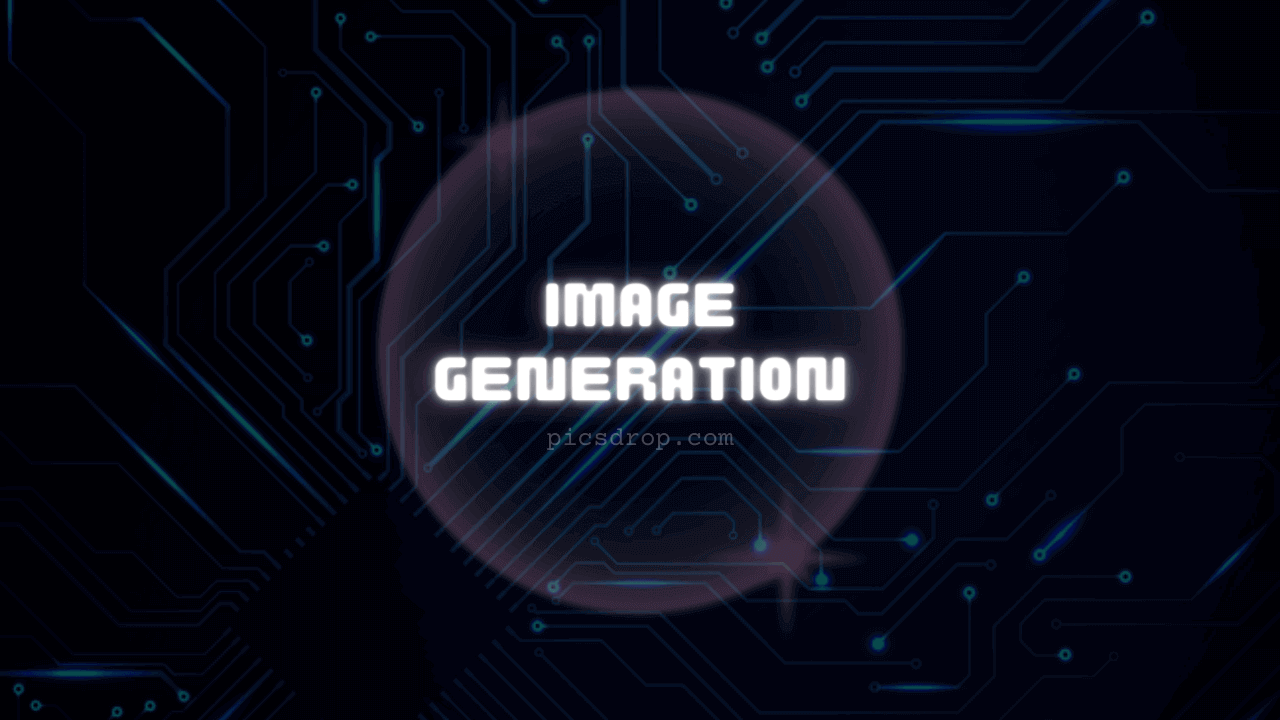
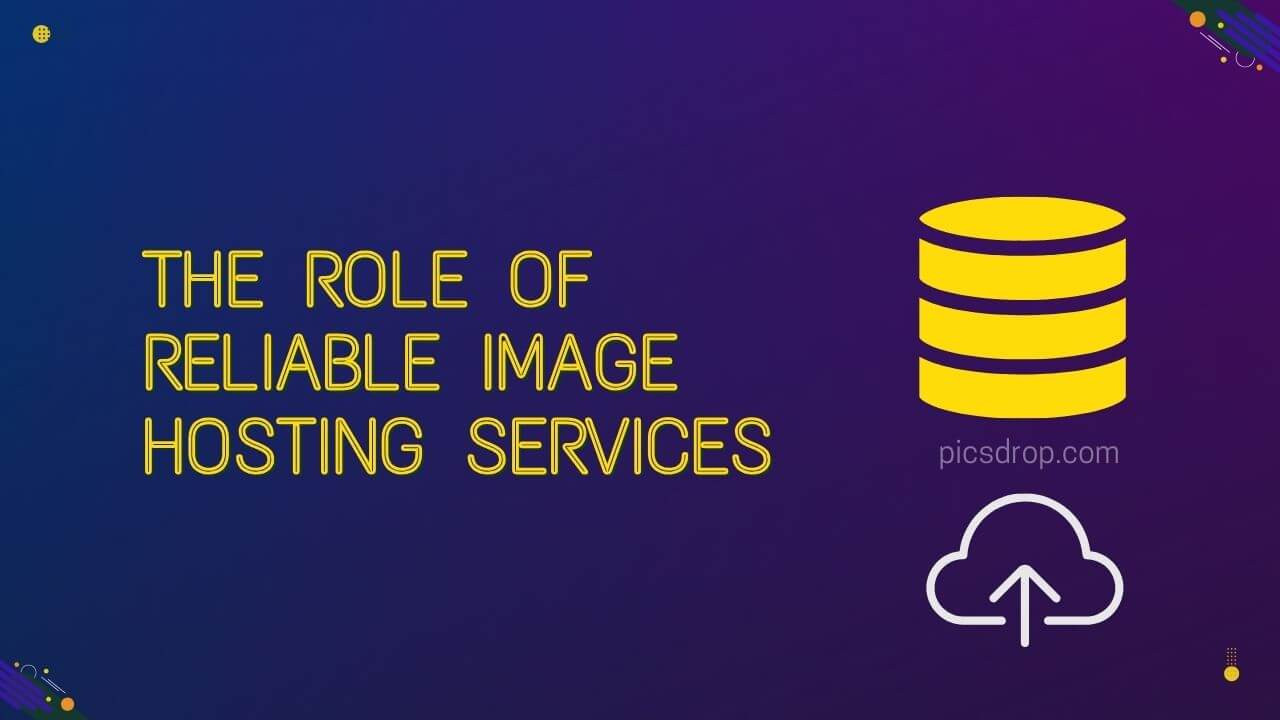
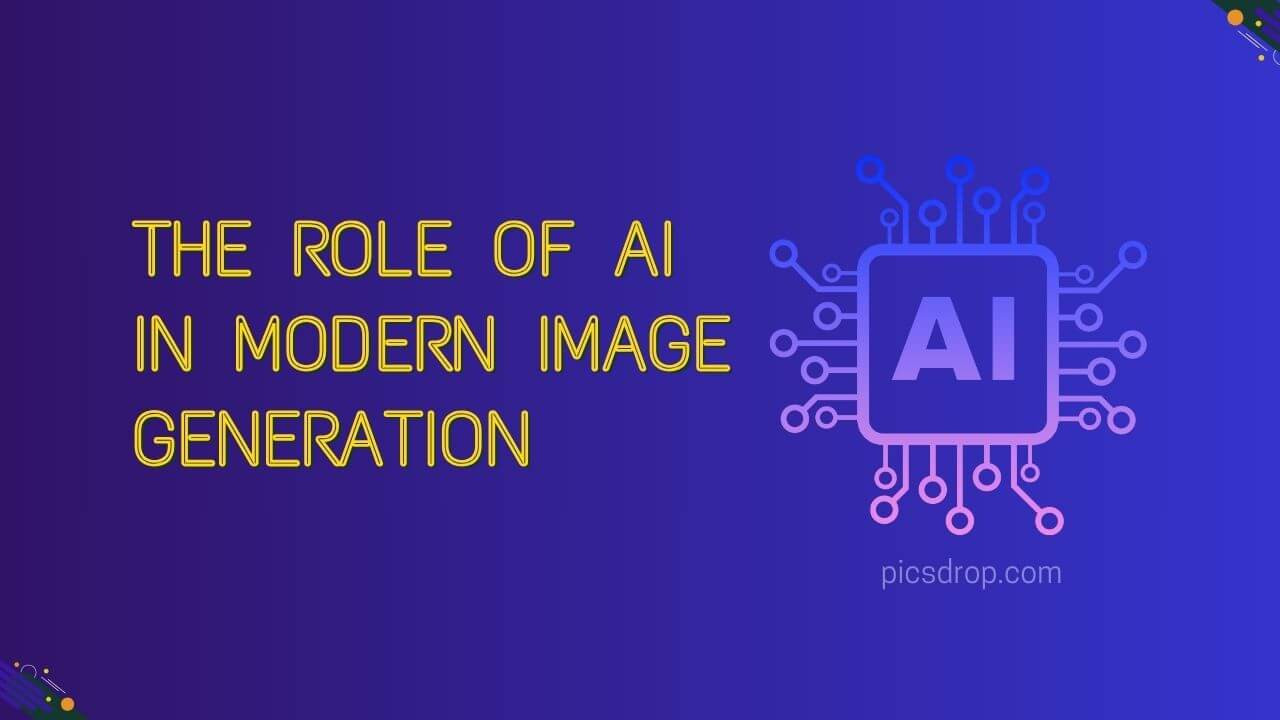
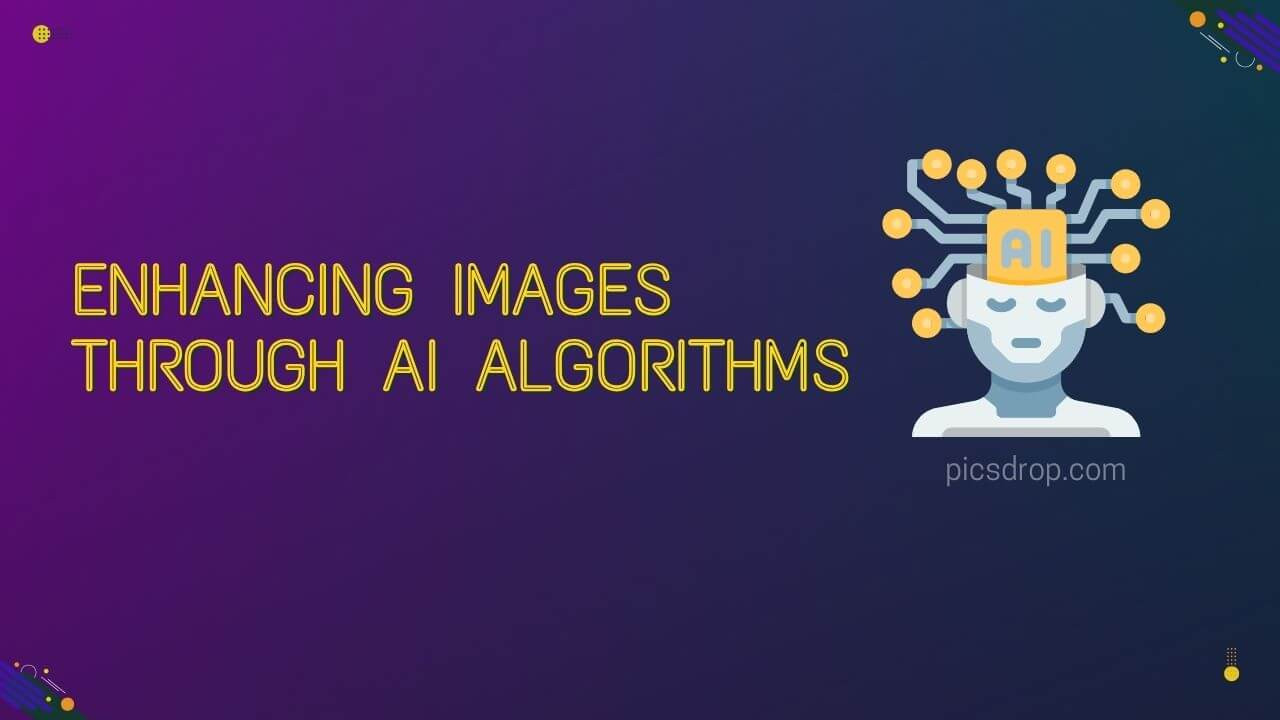
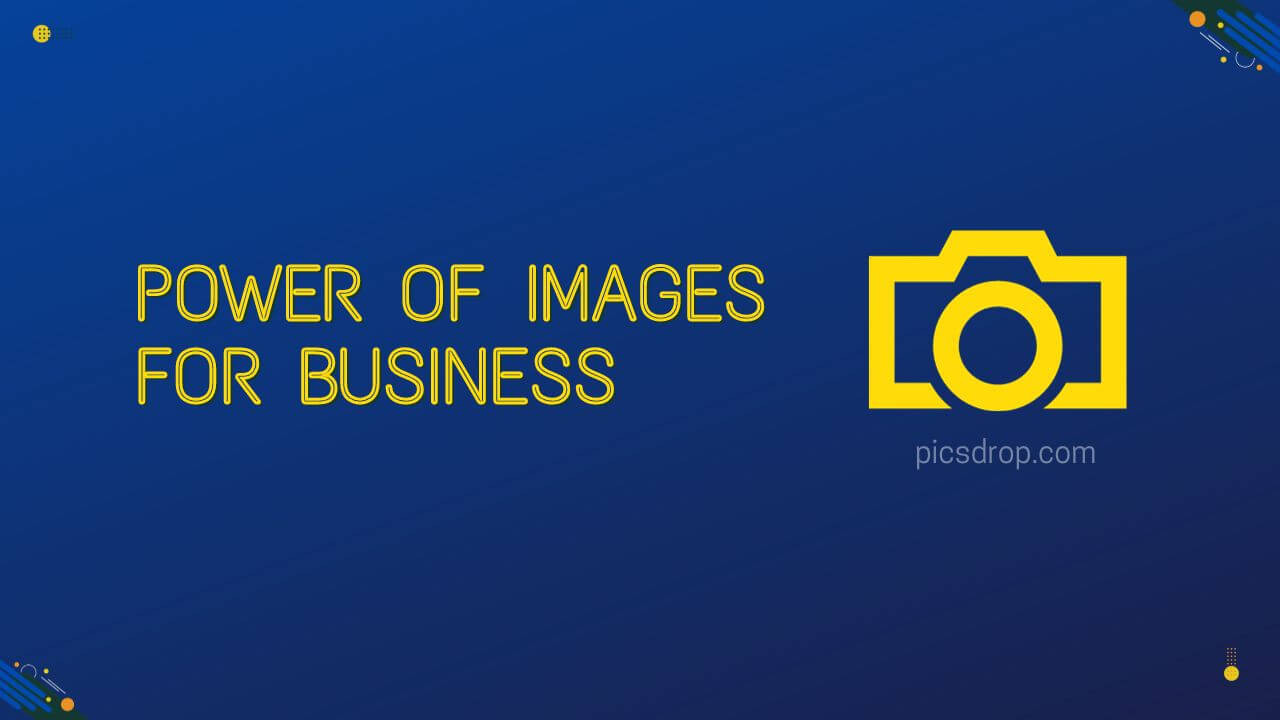
Comments (0)